What is the decreasing order of reactivity amongst the following compounds towards aromatic electrophilic substitution
I. Chlorobenzene
II. Benzene
III. Anilinium chloride
IV. Toluene
I>II>III>IV
IV>II>I>III
II>I>III>IV
III>I>II>IV
The correct Answer is:B
To determine the decreasing order of reactivity of the given compounds towards aromatic electrophilic substitution, we need to analyze the effects of substituents on the benzene ring. The compounds provided are:
I. Chlorobenzene
II. Benzene
III. Anilinium chloride
IV. Toluene
1. Understanding Electrophilic Substitution:
- Aromatic electrophilic substitution involves the replacement of a hydrogen atom in the benzene ring with an electrophile. The reactivity of the aromatic compound towards this reaction depends on the nature of the substituents attached to the benzene ring.
2. Analyzing Chlorobenzene (I):
- Chlorobenzene has a chlorine atom attached to the benzene ring. Chlorine is a deactivating group due to its -I (inductive) effect, which withdraws electron density from the ring, making it less reactive towards electrophilic substitution. Thus, chlorobenzene is the least reactive among the given compounds.
3. Analyzing Benzene (II):
- Benzene itself has no substituents that either activate or deactivate the ring. It has a moderate reactivity towards electrophilic substitution, serving as a baseline for comparison.
4. Analyzing Anilinium Chloride (III):
- Anilinium chloride contains an amino group (-NH3+) which is positively charged. The positive charge on the amino group exerts a -I effect, which decreases the electron density of the ring, making it less reactive towards electrophilic substitution compared to benzene.
5. Analyzing Toluene (IV):
- Toluene has a methyl group (-CH3) attached to the benzene ring. The methyl group is an activating group due to its +I (inductive) effect and hyperconjugation, which increases the electron density on the ring, particularly at the ortho and para positions. This makes toluene the most reactive compound towards electrophilic substitution.
Conclusion:
Based on the analysis, the decreasing order of reactivity towards aromatic electrophilic substitution is:
IV. Toluene > II. Benzene > III. Anilinium chloride > I. Chlorobenzene
Final Order:
1. Toluene (IV)
2. Benzene (II)
3. Anilinium chloride (III)
4. Chlorobenzene (I)
II. Benzene
III. Anilinium chloride
IV. Toluene
- Aromatic electrophilic substitution involves the replacement of a hydrogen atom in the benzene ring with an electrophile. The reactivity of the aromatic compound towards this reaction depends on the nature of the substituents attached to the benzene ring.
- Chlorobenzene has a chlorine atom attached to the benzene ring. Chlorine is a deactivating group due to its -I (inductive) effect, which withdraws electron density from the ring, making it less reactive towards electrophilic substitution. Thus, chlorobenzene is the least reactive among the given compounds.
- Benzene itself has no substituents that either activate or deactivate the ring. It has a moderate reactivity towards electrophilic substitution, serving as a baseline for comparison.
- Anilinium chloride contains an amino group (-NH3+) which is positively charged. The positive charge on the amino group exerts a -I effect, which decreases the electron density of the ring, making it less reactive towards electrophilic substitution compared to benzene.
- Toluene has a methyl group (-CH3) attached to the benzene ring. The methyl group is an activating group due to its +I (inductive) effect and hyperconjugation, which increases the electron density on the ring, particularly at the ortho and para positions. This makes toluene the most reactive compound towards electrophilic substitution.
Based on the analysis, the decreasing order of reactivity towards aromatic electrophilic substitution is:
1. Toluene (IV)
2. Benzene (II)
3. Anilinium chloride (III)
4. Chlorobenzene (I)
Topper's Solved these Questions
- GENERAL ORGANIC CHEMISTRYBOOK - ERRORLESS CHAPTER - GENERAL ORGANIC CHEMISTRYEXERCISE - JEE Section (More than one choice correct answer)
32 Videos
- GENERAL ORGANIC CHEMISTRYBOOK - ERRORLESS CHAPTER - GENERAL ORGANIC CHEMISTRYEXERCISE - Reasoning type questions
5 Videos
- GENERAL ORGANIC CHEMISTRYBOOK - ERRORLESS CHAPTER - GENERAL ORGANIC CHEMISTRYEXERCISE - Critical Thinking (Objective Questions)
44 Videos
- GASEOUS STATE BOOK - ERRORLESS CHAPTER - GASEOUS STATE EXERCISE - JEE SECTION JEE (Advanced) 2018 Numeric answer type question
1 Videos
- HALOGEN CONTAINING COMPOUNDBOOK - ERRORLESS CHAPTER - HALOGEN CONTAINING COMPOUNDEXERCISE - Critical Thinking (Jee (Advanced) 2018)
1 Videos
Similar Questions
Knowledge Check
The increasing order of the reactivity of the following compounds towards electrophilic aromatic substitution reactions is:
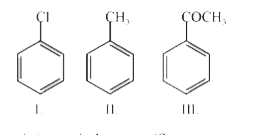 AI<III<IIBII<I<IIICIII<I<IIDIII<II<I
AI<III<IIBII<I<IIICIII<I<IIDIII<II<IWhat is the order of reactivity of the following compounds towards nucleophilic substitution?
 AI<II<III<IVBIV<III<II<ICIV<I<II<IIIDIV<II<I<III
AI<II<III<IVBIV<III<II<ICIV<I<II<IIIDIV<II<I<IIIWhich of the following compounds gives faster electrophilic aromatic substitution than benzene ?
A B
B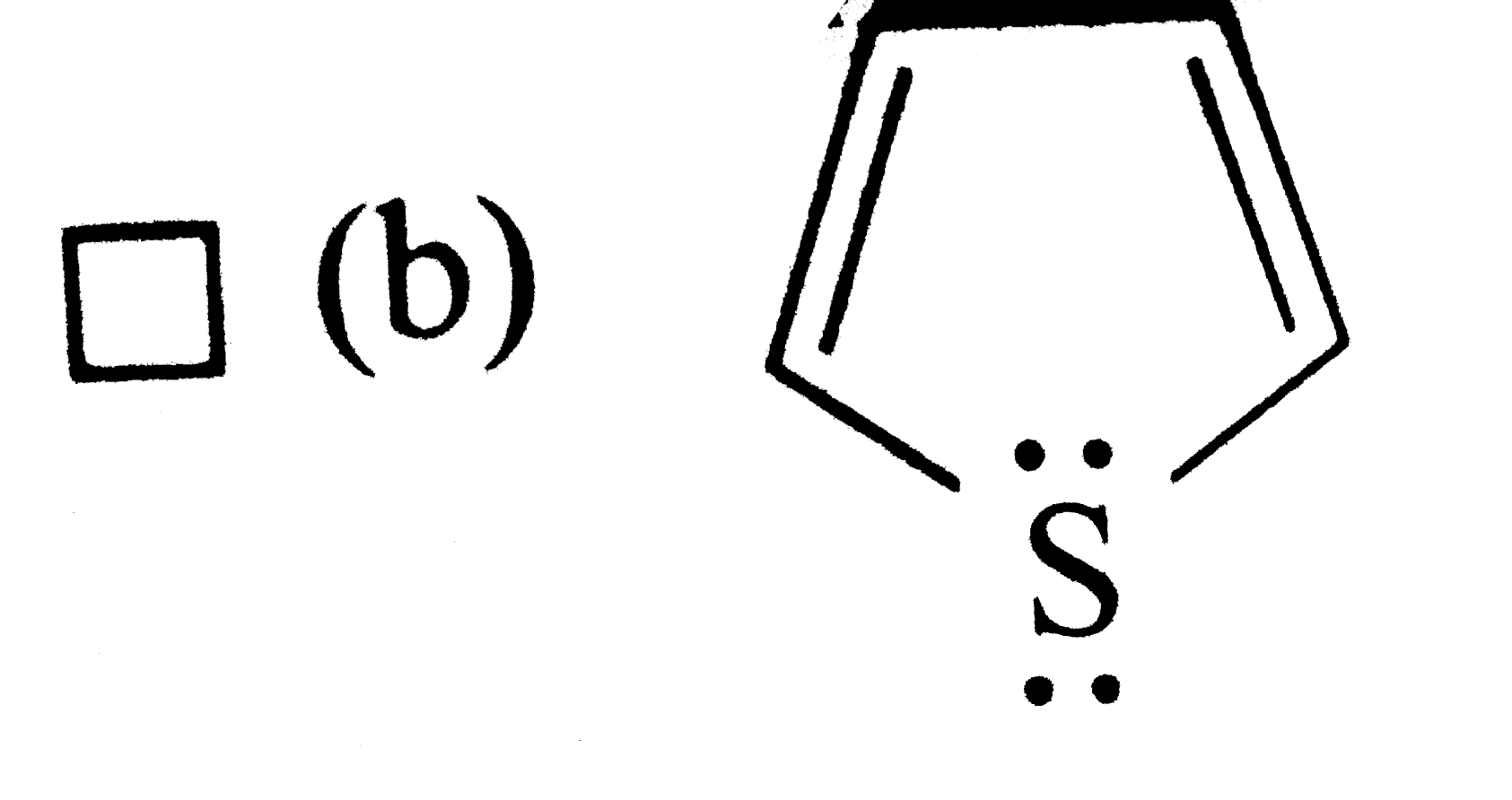 C
C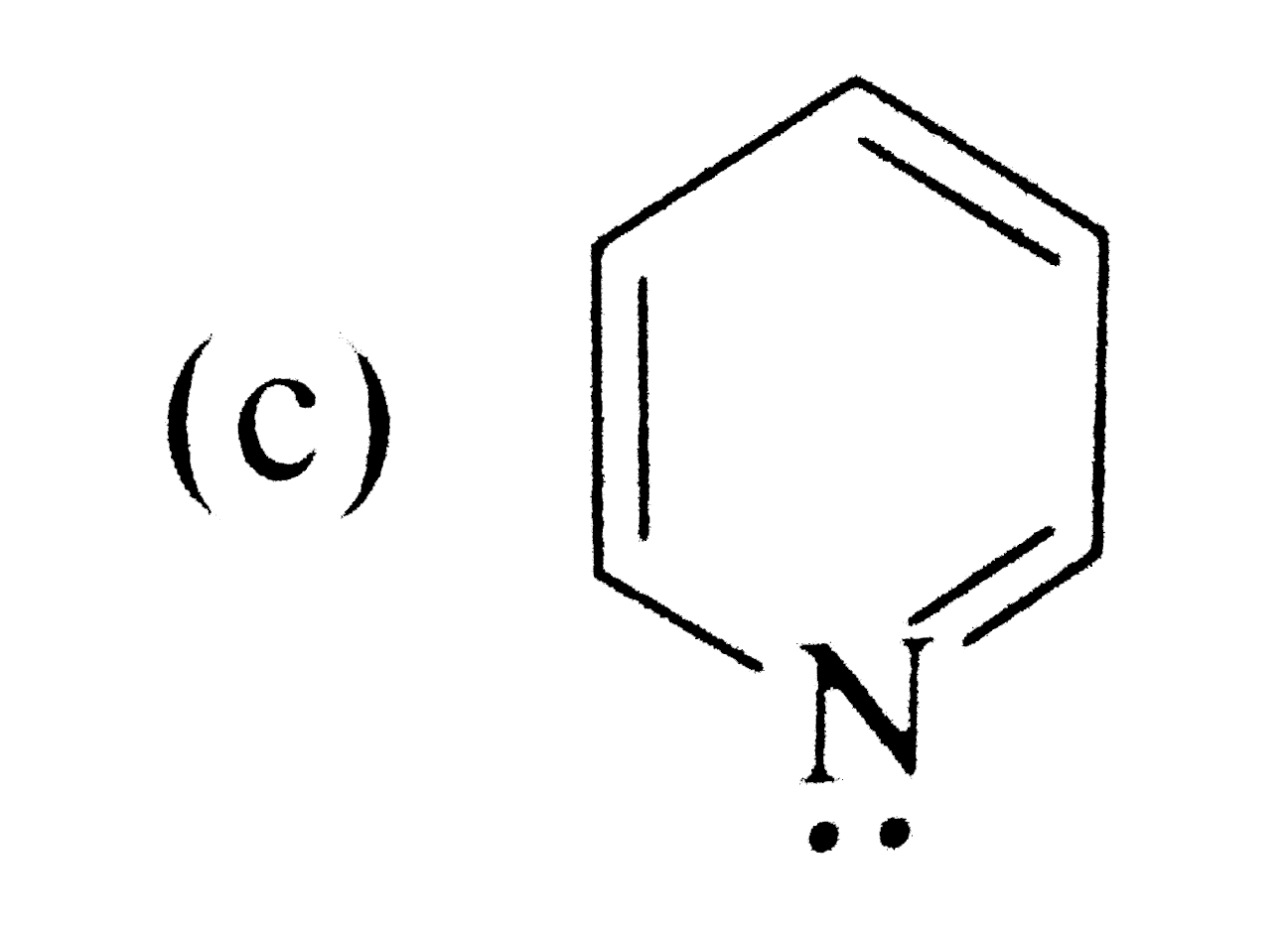 D
D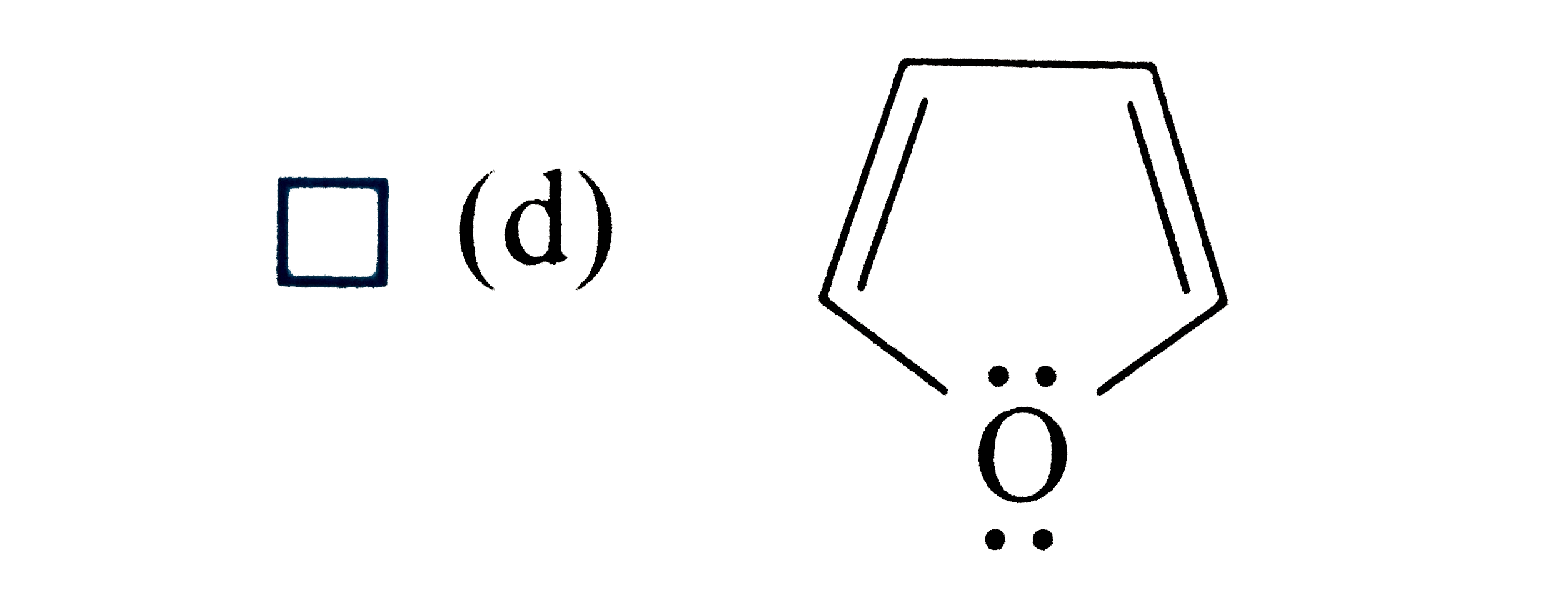
The decreasing order of reactivity of the following compound towards nucleophilic substitution (SN2) is
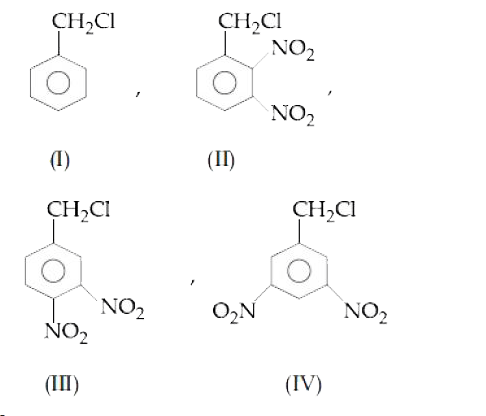
View Solution
what is the correct order of the reactivity of the following compounds towards nucleophilic substitution reaction.
View SolutionThe correct order of the reactivity of the following compounds towards nucleophilic substitution in the following compounds is
 .
.
View SolutionWhich of the following compounds is most reactive in electrophilic aromatic substitution?
View SolutionArrange following compounds in decreasing order of rate of electrophilic substitution.

View Solution


